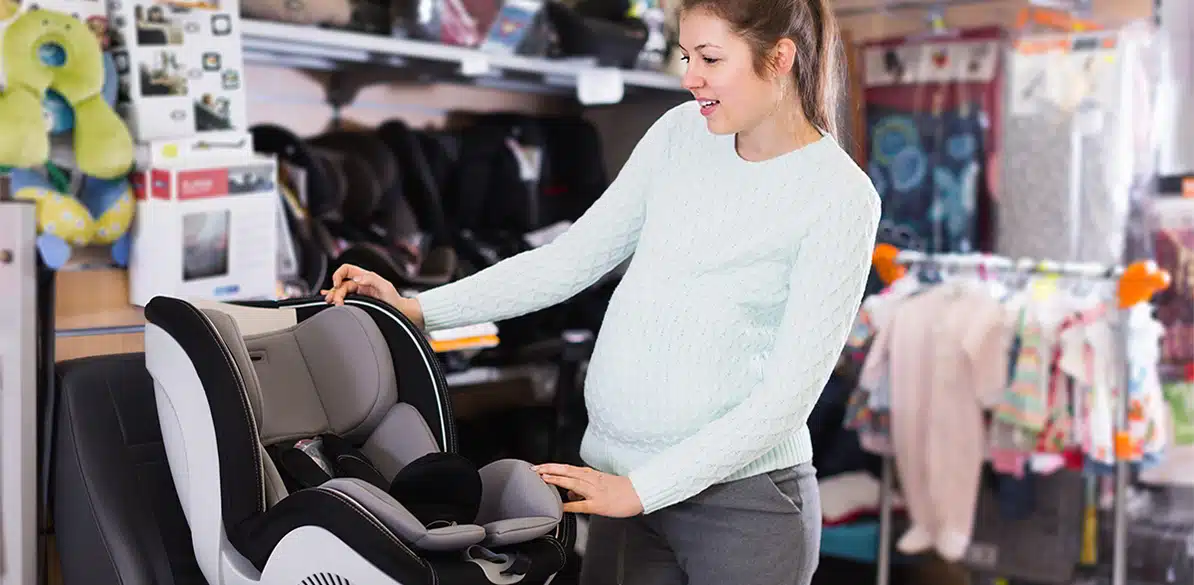Should you use a pregnancy seatbelt cushion?
We look at whether or not using a pregnancy cushion is safer for the mother and fetus

Road Safety
First of all, we would like to point out that safety knowledge is evolving, as are the vehicles and the solutions applied, so what might have been valid 20 years ago may well not be the best option today.
Having said that, let’s remember what a pregnancy cushion is. It is a cushion whose function is to lower the abdominal strap of the seat belt and it has become widely used in recent years. In fact, there are a number of different models on the market.
If we analyze their safety, we can see that, technically, changing the position of the seat belt creates a slack in the belt which will increase pelvic displacement in the event of a collision. In addition, the acceleration with which the occupant reaches the belt will be greater, as the belt does not fit properly across the pelvis. A third factor influencing pelvic restraint is the curvature that this type of device generally creates in the seat belt, causing the belt webbing not to work fully and concentrating the pressure from the restraint force on a smaller belt surface. Therefore, there may be an increased risk of injury to the occupant. To put it bluntly: the use of these cushions is clearly not beneficial for the mother-to-be.
In any case, these cushions are actually designed to better protect the fetus, so we have analyzed the evidence for this.
From a technical point of view, the increased displacement of the pelvis increases the forward displacement of the occupant. This means that the risk of the fetus impacting the steering wheel is also increased, and this is not advisable for mothers-to-be.
There is no regulatory test protocol that defines minimum safety levels for this type of cushion. Many of them state that they are tested in accordance with UN Regulation 16, a regulation designed to standardize seat belts in vehicles and which, in no case, establishes any criterion relating to injury to the occupant.
From a medical point of view, the Spanish Federation of Midwives’ Associations (FAME), in its children’s guide, advises against the use of cushions and clips to fasten seat belts.
We recommend that you check out the guide BABIES AND CHILDREN SAFE IN THE CAR, produced by Fundación MAPFRE in collaboration with FAME, to find out more about safety recommendations for expectant families.
In summary, there is no scientific evidence supporting the benefits of using a pregnancy cushion, whereas there is a lot of data on the damage that can be caused by poor pelvic support due to slack in the seat belt.
